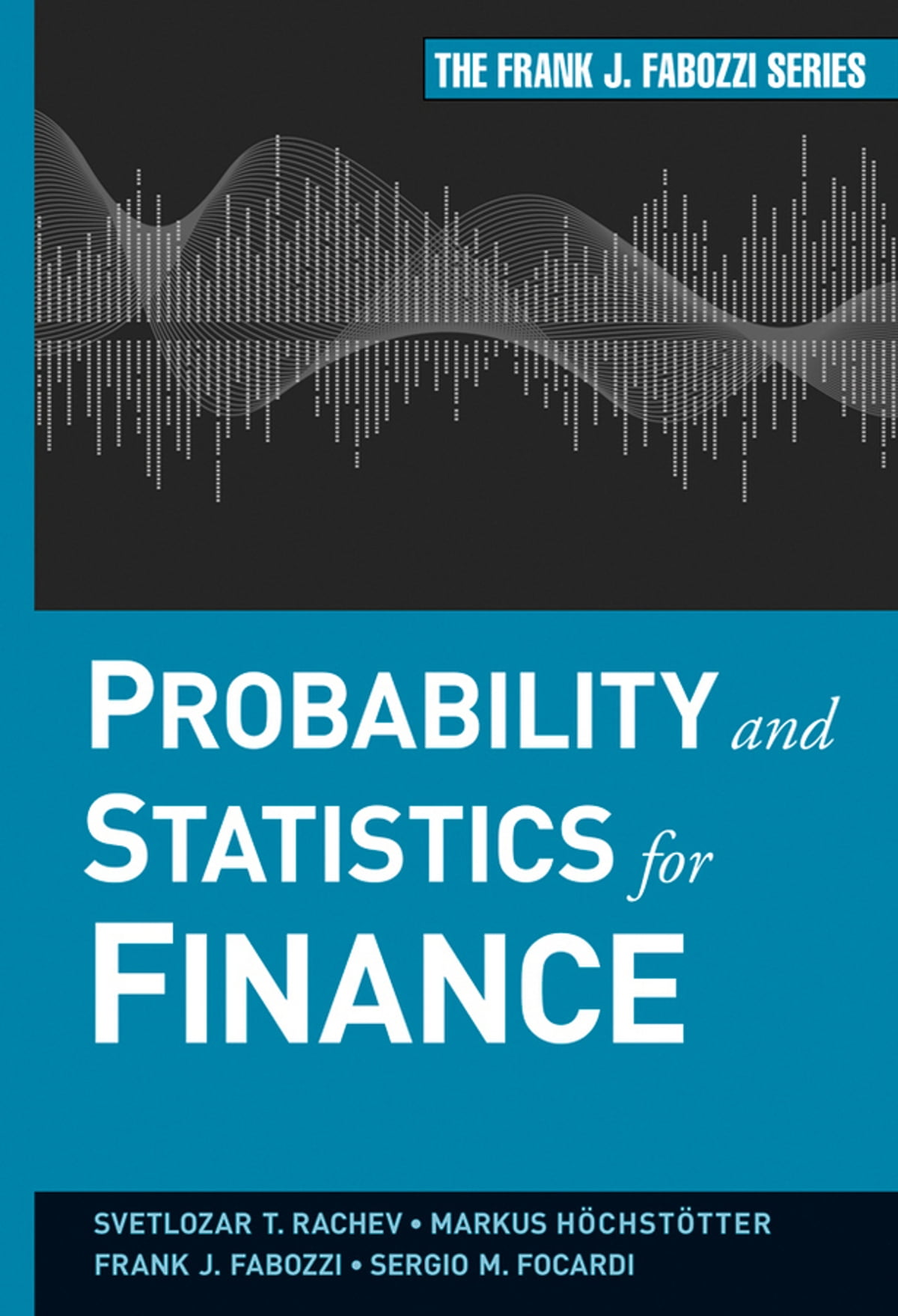Description
Welcome to “Market Risk Analysis: Quantitative Methods in Finance,” your essential companion for mastering the quantitative tools and techniques necessary to analyze and manage market risks effectively. In today’s fast-paced and interconnected financial markets, understanding market risk is crucial for investors, financial institutions, and risk managers. Whether you’re a seasoned finance professional, a quantitative analyst, or a student aspiring to enter the field, this comprehensive ebook will provide you with the knowledge, insights, and practical skills you need to navigate the complexities of market risk analysis with confidence and proficiency.
Chapter 1: Introduction to Market Risk In this foundational chapter, we provide an overview of market risk and explore its various types, sources, and implications for financial markets and institutions. From volatility and liquidity risk to systematic and idiosyncratic risk factors, you’ll gain a comprehensive understanding of the critical dimensions of market risk and their impact on investment decisions and portfolio management strategies.
Chapter 2: Statistical Tools for Market Risk Analysis Effective market risk analysis relies on robust statistical techniques and methodologies. This chapter delves into essential financial statistical tools, including probability distributions, correlation analysis, and regression analysis. You’ll learn how to apply these tools to analyze historical market data, identify patterns and relationships, and quantify the risk exposures of financial assets and portfolios.
Chapter 3: Value-at-Risk (VaR) and Beyond Value-at-Risk (VaR) is a widely used measure of market risk that provides a single summary statistic of potential losses at a specified confidence level. In this chapter, we explore the concept of VaR in-depth, discussing its calculation methods, interpretation, and limitations. Additionally, we examine alternative risk measures, such as expected shortfall and coherent risk measures, that provide complementary insights into investment portfolios’ tail risk and downside potential.
Chapter 4: Modeling Financial Volatility Volatility is a crucial driver of market risk and plays a central role in asset pricing, risk management, and derivative valuation. This chapter discusses techniques for modeling financial volatility, including historical volatility, implied volatility, and stochastic volatility models. You’ll learn to estimate volatility parameters, forecast future volatility levels, and incorporate volatility dynamics into risk assessment and portfolio optimization strategies.
Chapter 5: Portfolio Risk Management Portfolio risk management is essential for constructing diversified investment portfolios that effectively balance risk and return objectives. This chapter explores portfolio risk measures, including portfolio variance, covariance, and diversification effects. You’ll learn how to construct efficient frontiers, optimize portfolio allocations, and implement risk mitigation strategies to achieve optimal risk-adjusted returns in varying market conditions.
Chapter 6: Stress Testing and Scenario Analysis Stress testing and scenario analysis are valuable tools for assessing investment portfolios’ resilience to adverse market conditions and extreme events. This final chapter discusses techniques for designing stress tests and scenario analyses, conducting sensitivity analyses, and evaluating portfolio performance under different economic scenarios. You’ll learn how to identify potential vulnerabilities, assess the impact of adverse shocks, and enhance the robustness of your investment strategies in an uncertain and dynamic market environment.
Conclusion: Congratulations! You’ve completed “Market Risk Analysis: Quantitative Methods in Finance,” you’re now equipped with the knowledge, skills, and analytical tools to analyze and manage market risks effectively. Whether you’re measuring portfolio risk, forecasting volatility, or stress-testing investment strategies, this ebook’s quantitative methods and techniques will be invaluable in mastering market risk analysis. Here’s to your continued success and proficiency in the dynamic and ever-evolving field of finance!





Emeka –
Market Risk Analysis: Quantitative Methods In Finance is an essential resource for anyone seeking to understand and manage market risk effectively. The author’s expertise in quantitative finance is evident in the thorough treatment of topics such as risk measurement, risk modeling, and risk management techniques. I appreciated the practical insights and real-world examples provided throughout the ebook, which help bring abstract concepts to life.
Godwin –
As a risk manager in a financial institution, I rely on Market Risk Analysis: Quantitative Methods In Finance as my go-to resource for market risk assessment. The author’s clear explanations and step-by-step guidance make complex quantitative methods accessible to readers of all levels of expertise.
Lawal –
The author’s thorough coverage of quantitative techniques for market risk assessment provides readers with the tools they need to make informed decisions in today’s dynamic market environment. I appreciated the balance between theoretical concepts and practical applications, making this ebook suitable for both students and professionals.
Shehu –
I’ve been searching for a comprehensive guide to market risk analysis, and this ebook delivered beyond my expectations. The author’s expertise in quantitative finance is evident in the thorough treatment of topics such as value-at-risk, stress testing, and Monte Carlo simulation. The practical insights and real-world examples make complex concepts easy to understand and apply.
Victor –
This book is a must-have resource for anyone working in the field of finance. The author’s comprehensive coverage of quantitative methods for market risk analysis is unmatched. I particularly appreciated the clear explanations and practical examples provided throughout the ebook. Whether you’re a financial analyst, risk manager, or student, this ebook is sure to become an essential reference in your library.